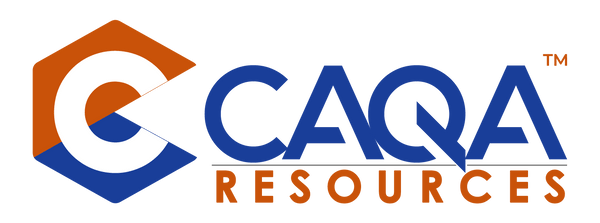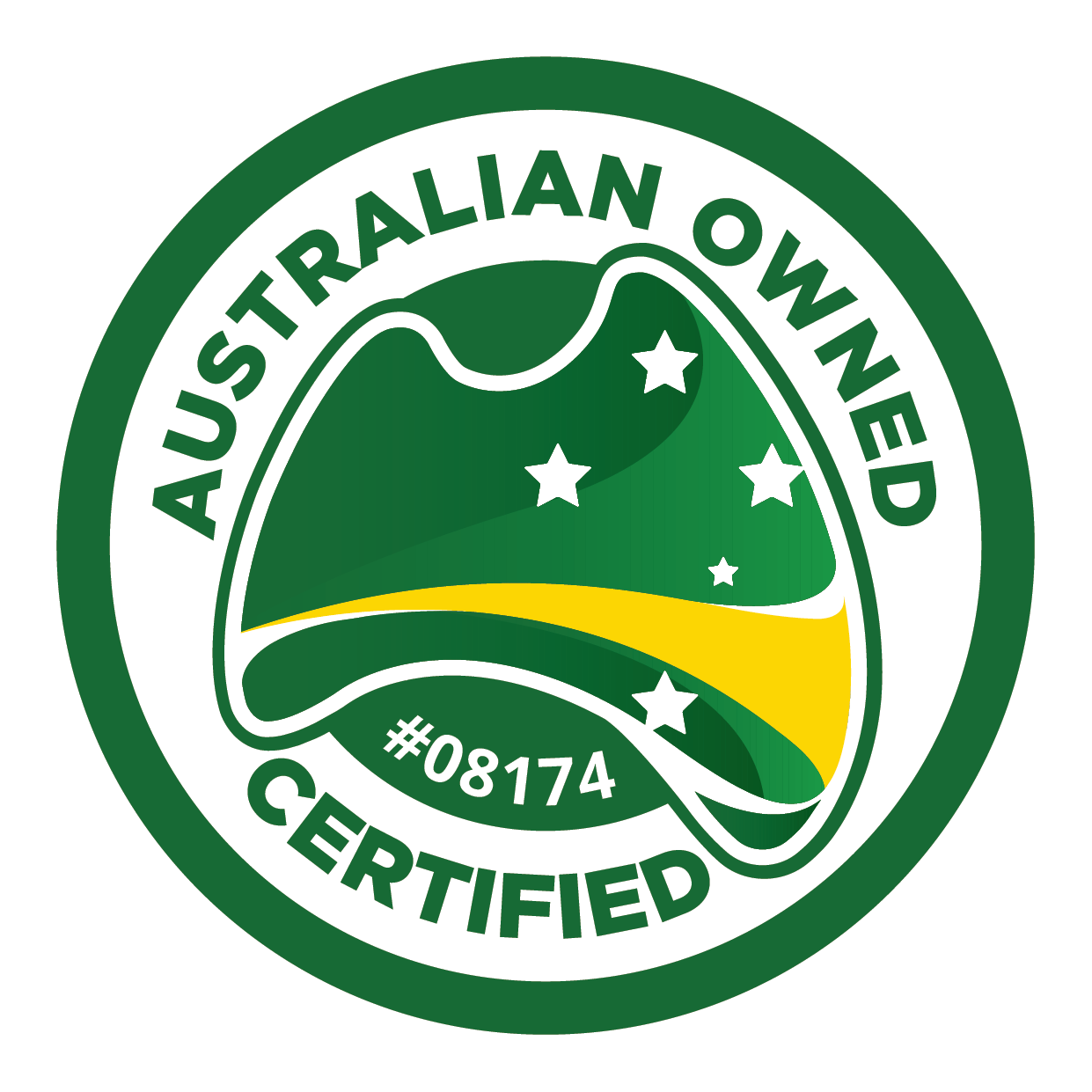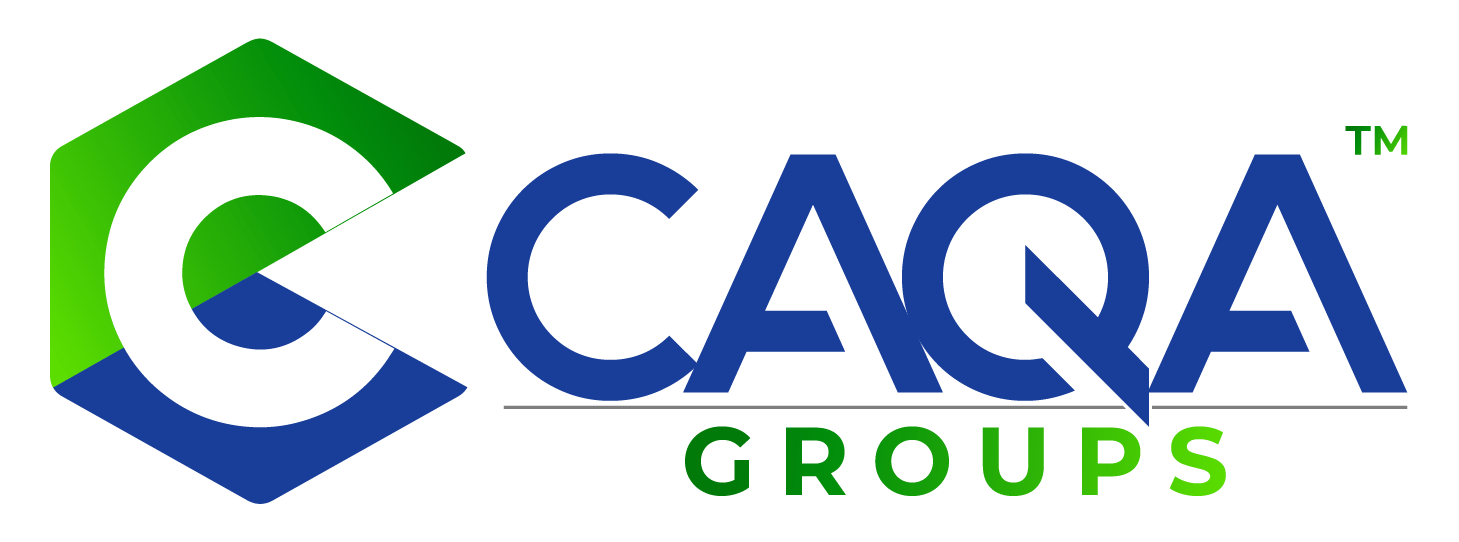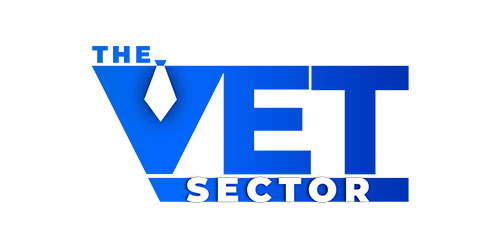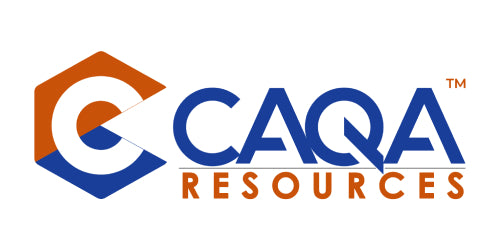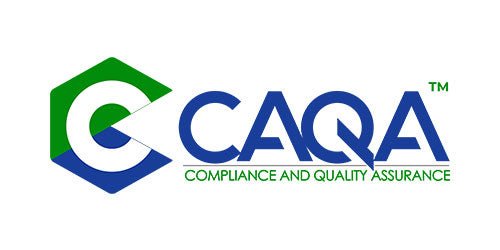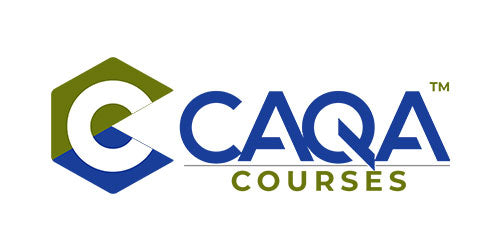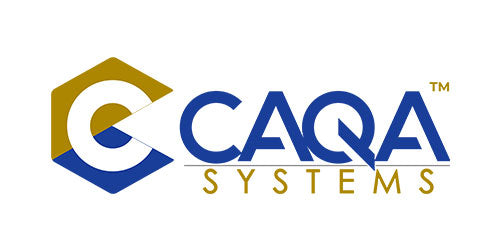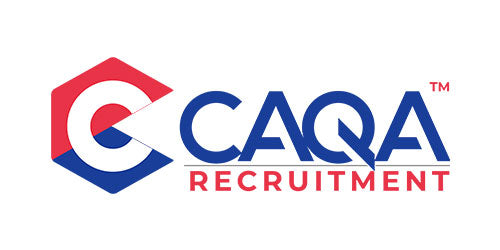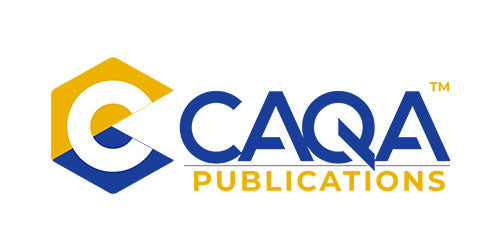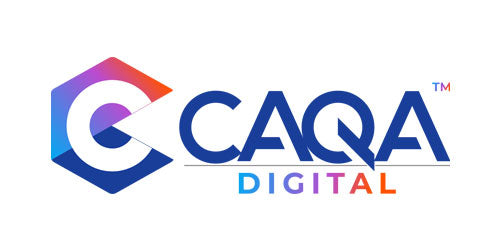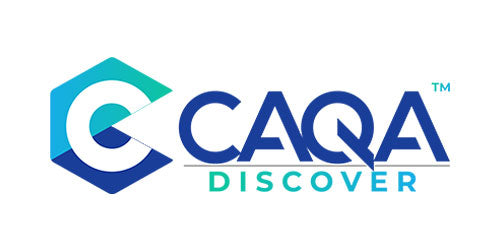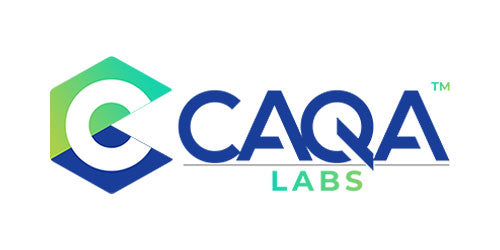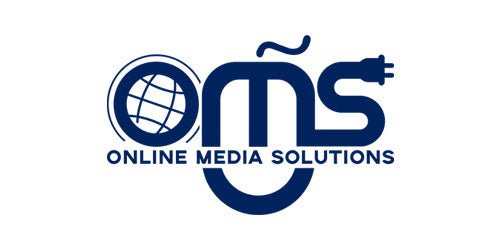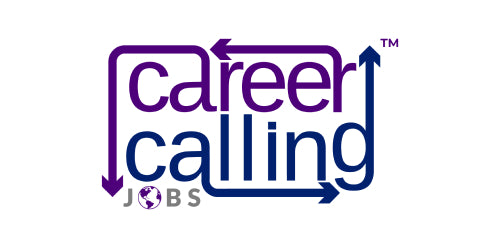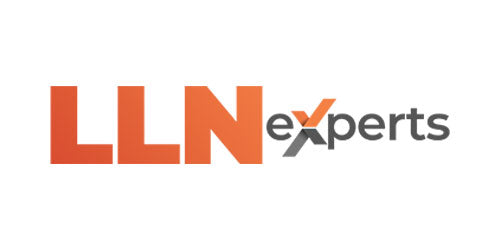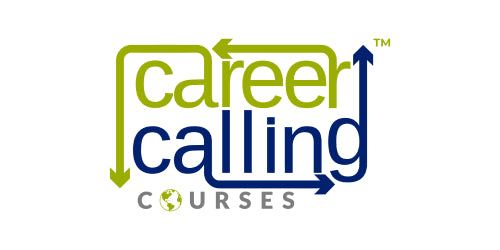For a training organisation to be successful, it's essential to foster an environment that is conducive to learning. This goes beyond physical spaces, encompassing a range of factors from management structure to resources and teaching quality.
1. Implement a Clear Management Structure:
Establish a well-defined hierarchy to ensure roles and responsibilities are clear, facilitating swift resolution of issues and ensuring student concerns are addressed effectively.
2. Foster a Sense of Community:
Organise social events and extracurricular activities and encourage interaction among students to create a supportive and friendly learning environment.
3. Promote a Learning Culture:
Encourage continuous learning and skill development through training opportunities, seminars, and access to learning resources.
4. Emphasise Student-Centred Learning:Focus on learners' needs by employing active and collaborative learning strategies, providing practice and feedback opportunities, and customising content.
5. Enhance Teaching Quality:
Ensure instructors are well-prepared and continuously supported through professional development opportunities and access to educational resources.
6. Increase Access to Resources:
Provide ample study materials, well-equipped labs, and libraries to facilitate learning both inside and outside the classroom.
7. Foster Collaboration:
Encourage group projects and study sessions to promote teamwork, communication, and problem-solving skills.
8. Encourage Critical Thinking:
Challenge students with problems and encourage them to ask questions and think creatively, enhancing their problem-solving abilities.
9. Utilise Technology Effectively:
Leverage technology for resource access and progress monitoring and to enhance the overall learning experience.
10. Address Diversity Issues:
Create an inclusive environment by being sensitive to diverse needs, providing support services, and ensuring curriculum inclusivity.
11. Emphasise Assessment and Feedback:
Regularly assess student progress and provide constructive feedback to guide and motivate learning.
12. Plan for Continuous Improvement:
Continuously evaluate and refine programs and services based on feedback and evolving educational standards.
FAQs:
1. How can I create a conducive learning environment for students in my training organisation?
By establishing a clear management structure, fostering community, promoting a learning culture, and providing quality teaching and ample resources, you can create an environment that supports and enhances learning.
2. How can I enhance the quality of teaching in my training organisation?
Enhance teaching quality by ensuring instructors are well-prepared, supported with professional development, and have access to the latest educational resources and technologies.
3. What strategies can I implement to increase access to resources for students in my training organisation?
Increase access to resources by expanding your library, ensuring up-to-date and ample study materials, and providing well-equipped labs and technology access.
4. How can I address diversity issues in a training organisation and create an inclusive learning environment?
Address diversity by being sensitive to the varying needs of students, offering targeted support services, ensuring inclusive curriculum and materials, and fostering a safe, respectful environment.
Implementing these strategies will help create a dynamic and supportive learning environment, which is crucial for the success of both students and the training organisation.
Suggested Read: Understanding Challenges in Training Organisations: Factors Affecting Success


